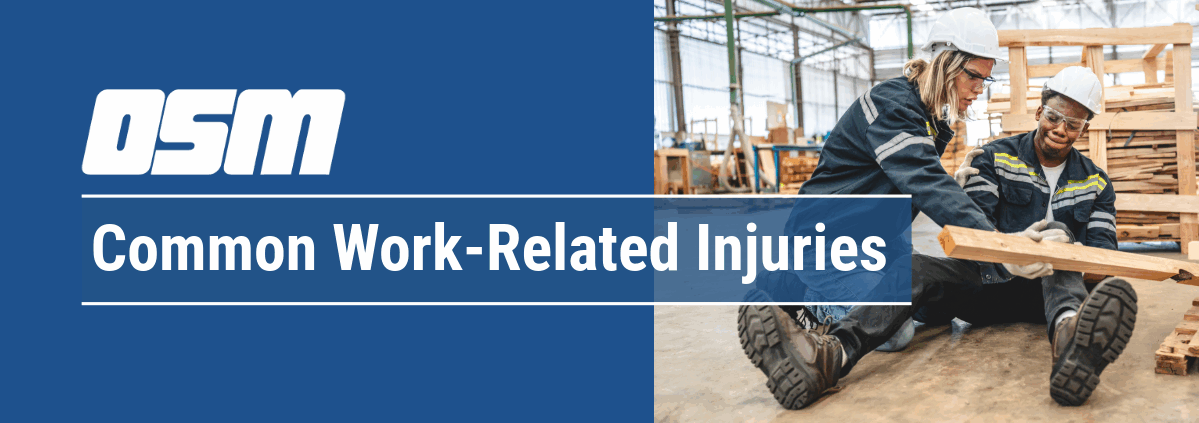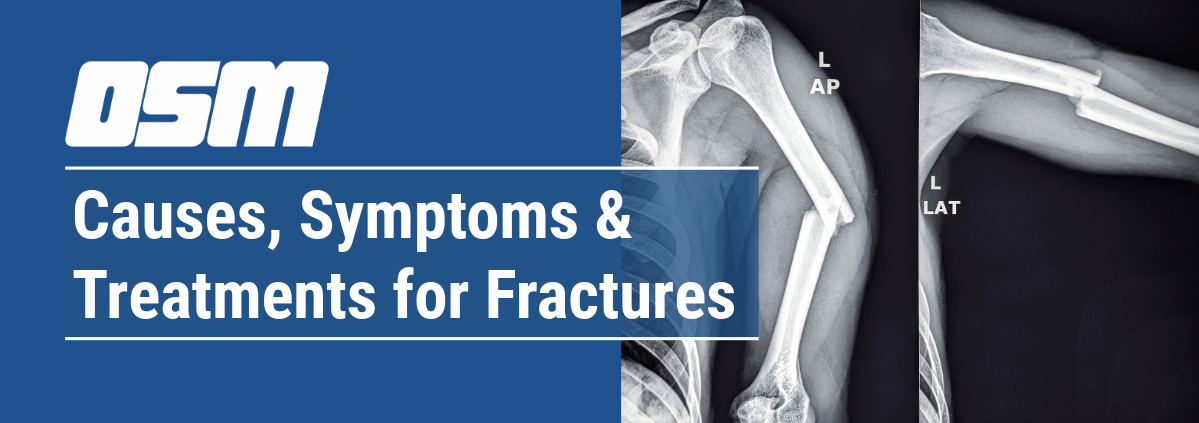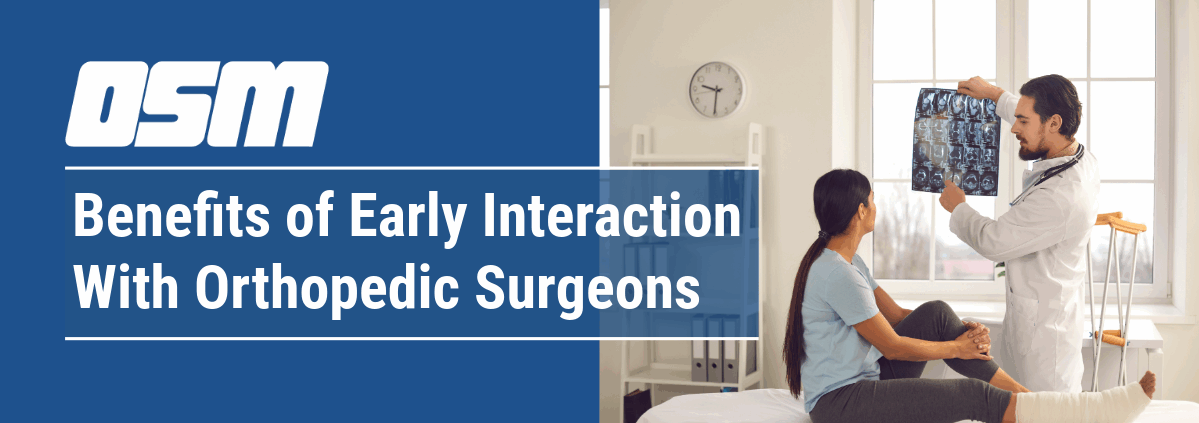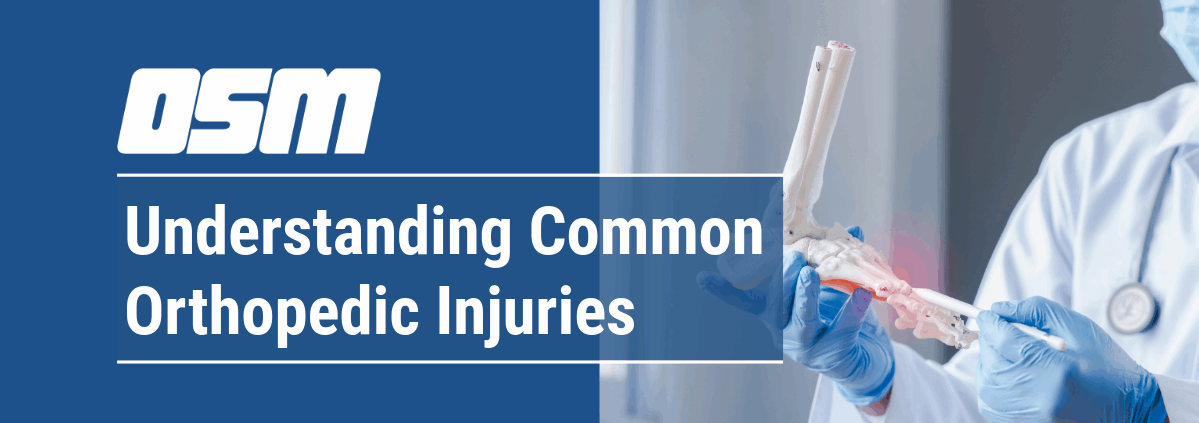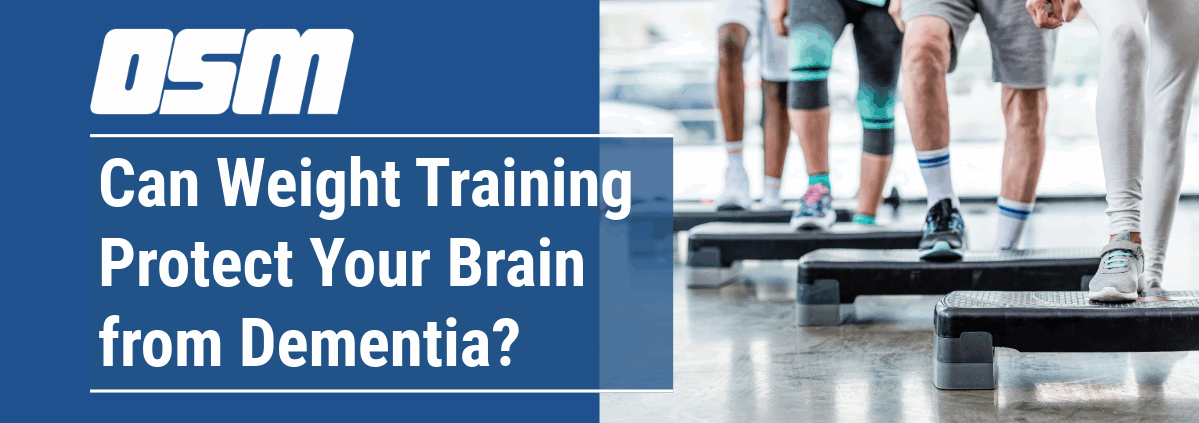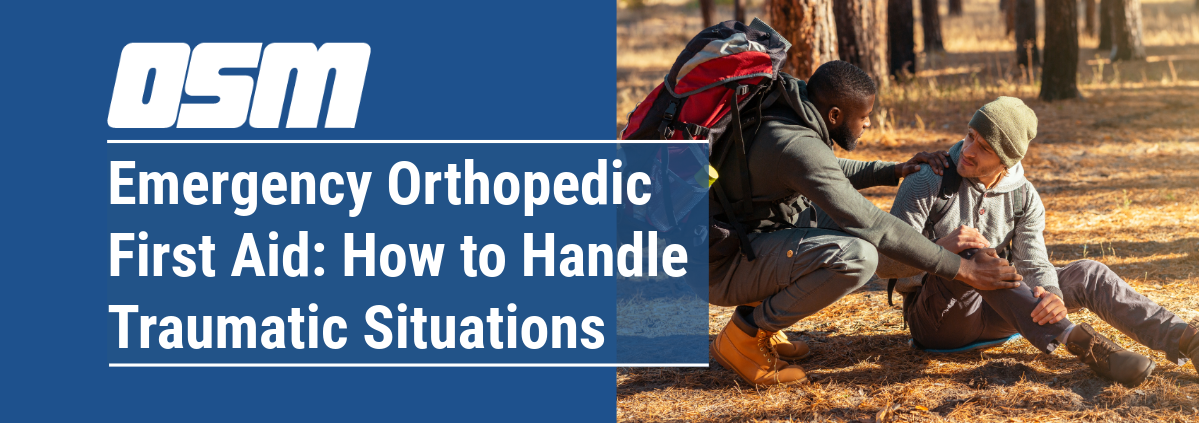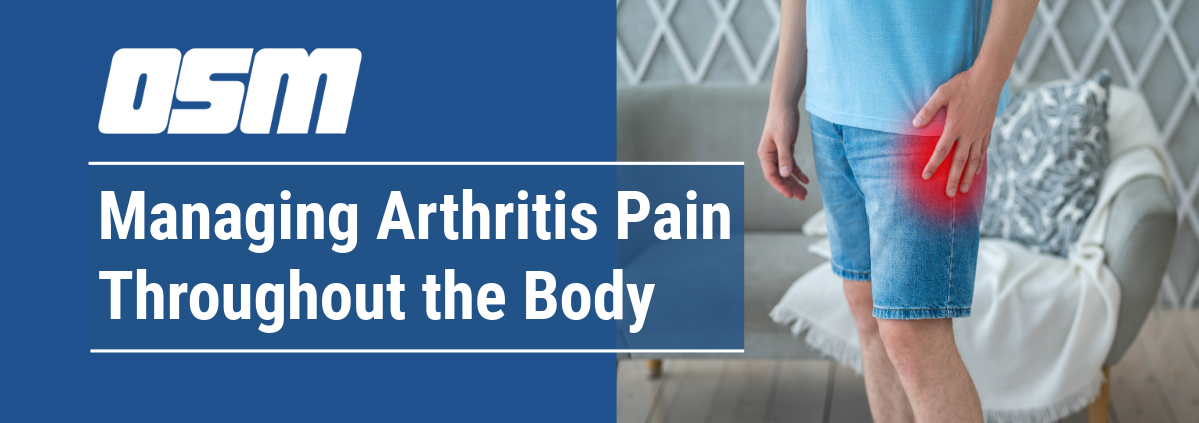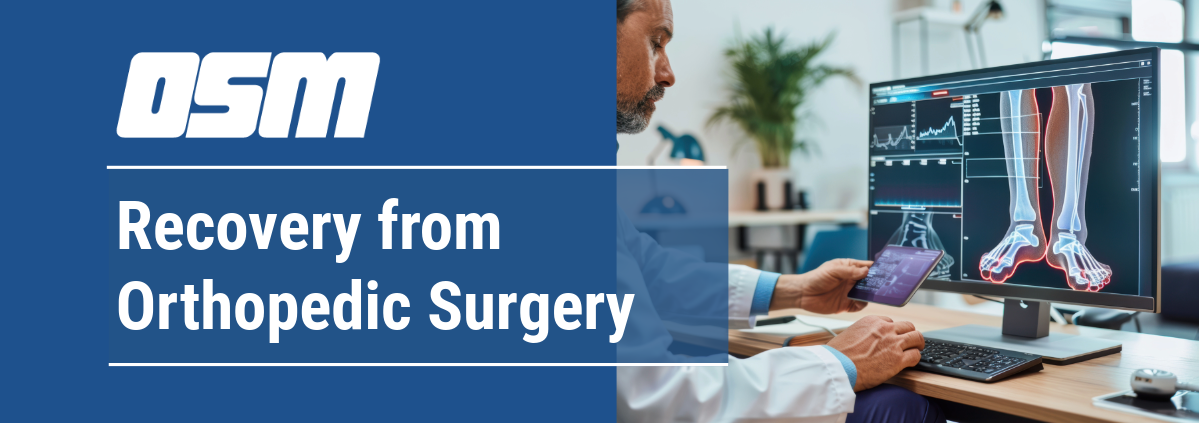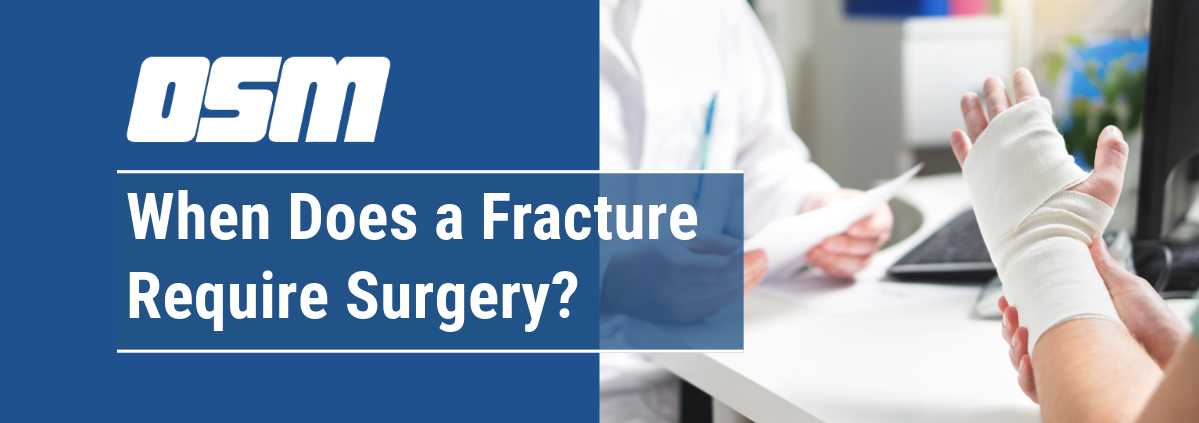Common Work-Related Injuries
Article featured on Advanced Orthopedic Associates
As a working professional, you spend significant time performing various tasks and responsibilities at your workplace. While performing these tasks, it’s common to experience pain and discomfort, but some of these pains can become chronic and debilitating if left untreated. This blog post will discuss the most common work-related injuries and the steps you can take to prevent them.
What are Common Injuries that Happen at Work?
Several types of injuries can occur at the workplace, including repetitive strain injuries, slips, trips and falls, musculoskeletal injuries, and more. Some of the most common work-related injuries include back pain, carpal tunnel syndrome, tennis elbow, and trigger finger. Repetitive movements, heavy lifting, prolonged sitting, and awkward postures can cause these injuries.
Treating Workplace Injuries
Treating workplace injuries requires a multifaceted approach that addresses the root cause of the problem, as well as the symptoms. Depending on the type and severity of the injury, the following treatments may be recommended:
- Pain medication: Over-the-counter pain relievers such as ibuprofen or acetaminophen can help reduce pain and swelling. In some cases, prescription pain medication may be necessary.
- Physical therapy: Physical therapy can help improve mobility, reduce pain, and prevent further injury. Physical therapists use massage, stretching, and exercises to help heal and strengthen the affected area.
- Massage therapy: Massage therapy can help relieve pain and stiffness caused by workplace injuries. Massage therapists use deep tissue massage and trigger point therapy to relieve muscle tension and improve circulation.
- Surgery: In some cases, surgery may be necessary to repair damaged tissues or relieve pressure on nerves.
How to Prevent Work-Related Injuries
Preventing workplace injuries starts with understanding the risks and taking steps to minimize them. Here are some tips to help you prevent work-related injuries:
- Exercise regularly to maintain strength and flexibility
- Use proper posture and ergonomic equipment, such as a chair with lumbar support
- Take breaks regularly to stretch and move around
- Use proper lifting techniques
- Avoid prolonged sitting or standing
Importance of Proper Workplace Ergonomics
Proper workplace ergonomics can play a critical role in reducing the risk of workplace injuries. Ergonomic equipment, such as adjustable chairs, desks, and keyboards, can help reduce strain on the body and prevent damage caused by awkward postures. You can create a safer and more comfortable work environment by implementing ergonomic practices.
The Role of Employers in Preventing Workplace Injuries
Employers are legally obligated to provide their employees with a safe and healthy work environment. This includes conducting regular safety assessments, providing proper training, and investing in ergonomic equipment. By taking a proactive approach to workplace safety, employers can help prevent injuries and reduce the impact of work-related illnesses on their employees and the company as a whole.
The Orthopedic & Sports Medicine Center of Oregon is an award-winning, board-certified orthopedic group located in downtown Portland Oregon. We utilize both surgical and nonsurgical means to treat musculoskeletal trauma, spine diseases, foot and ankle conditions, sports injuries, degenerative diseases, infections, tumors and congenital disorders.
Our mission is to return our patients back to pain-free mobility and full strength as quickly and painlessly as possible using both surgical and non-surgical orthopedic procedures.
Our expert physicians provide leading-edge, comprehensive care in the diagnosis and treatment of orthopedic conditions, including total joint replacement and sports medicine. We apply the latest state-of-the-art techniques in order to return our patients to their active lifestyle.
If you’re looking for compassionate, expert orthopedic and podiatric surgeons in Portland Oregon, contact OSM today.
Phone:
503-224-8399
Address
1515 NW 18th Ave, 3rd Floor
Portland, OR 97209
Hours
Monday–Friday
8:00am – 4:30pm

